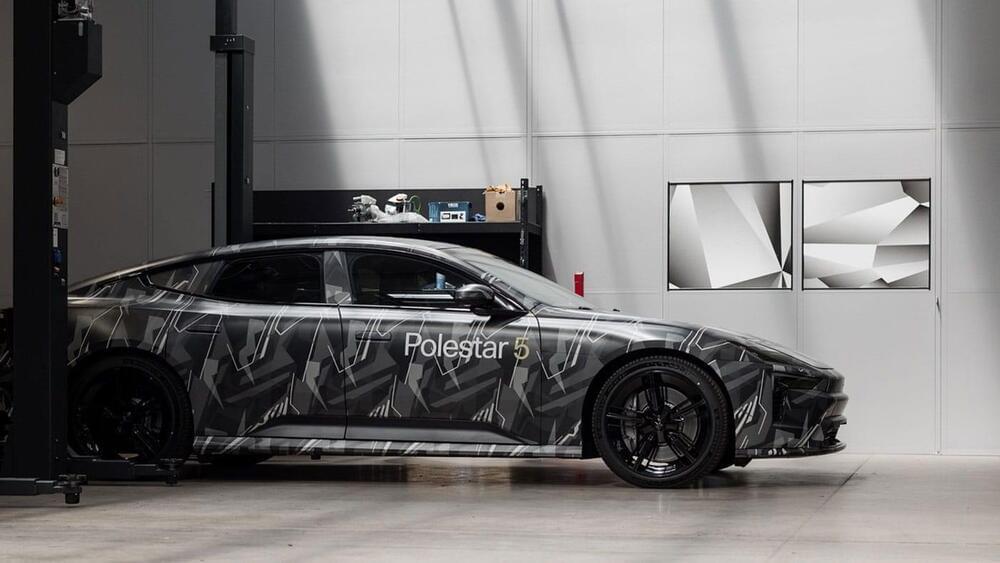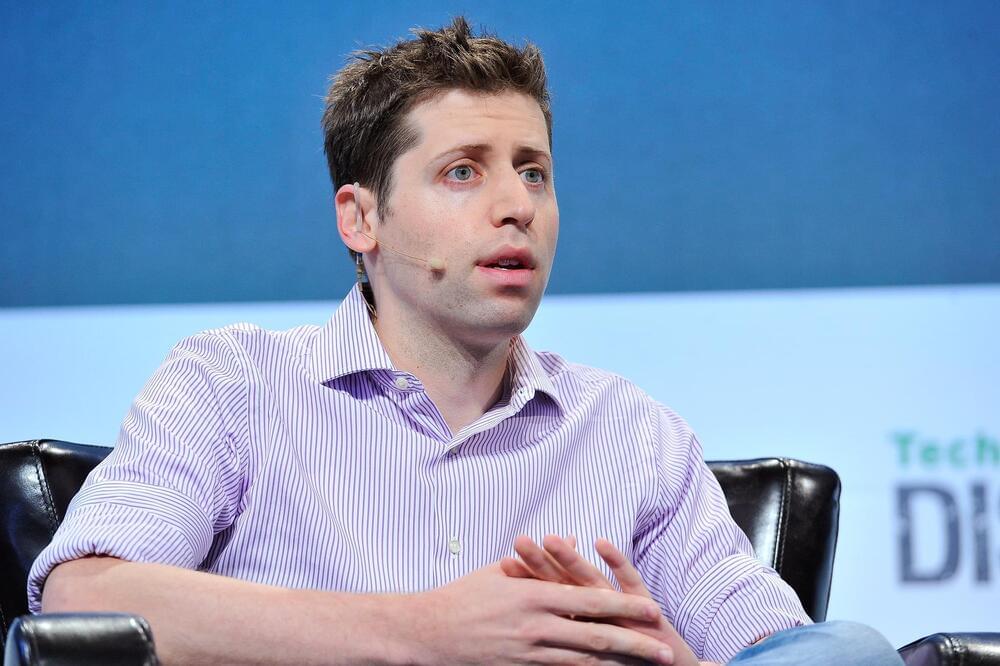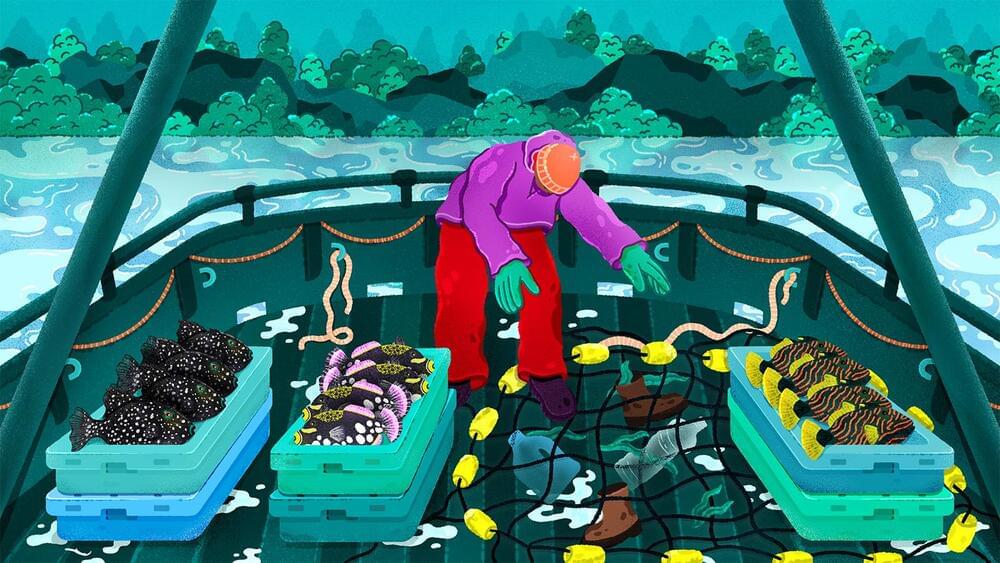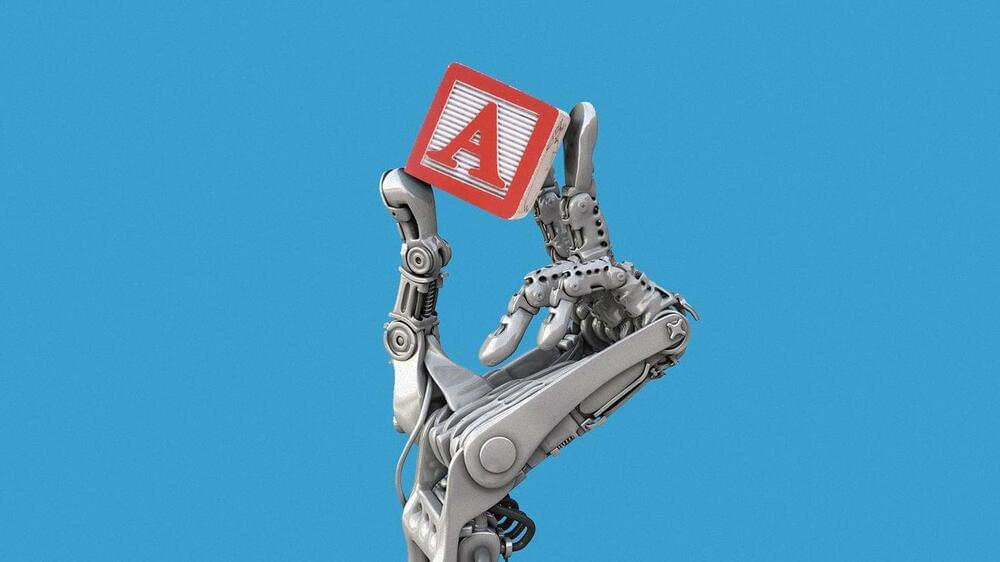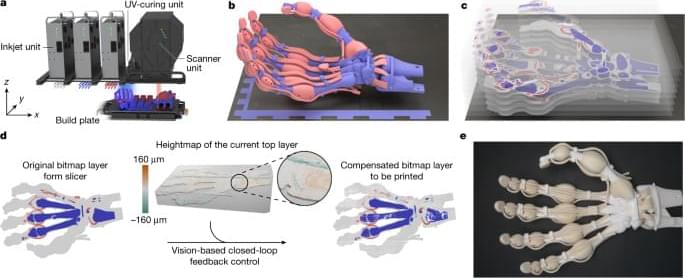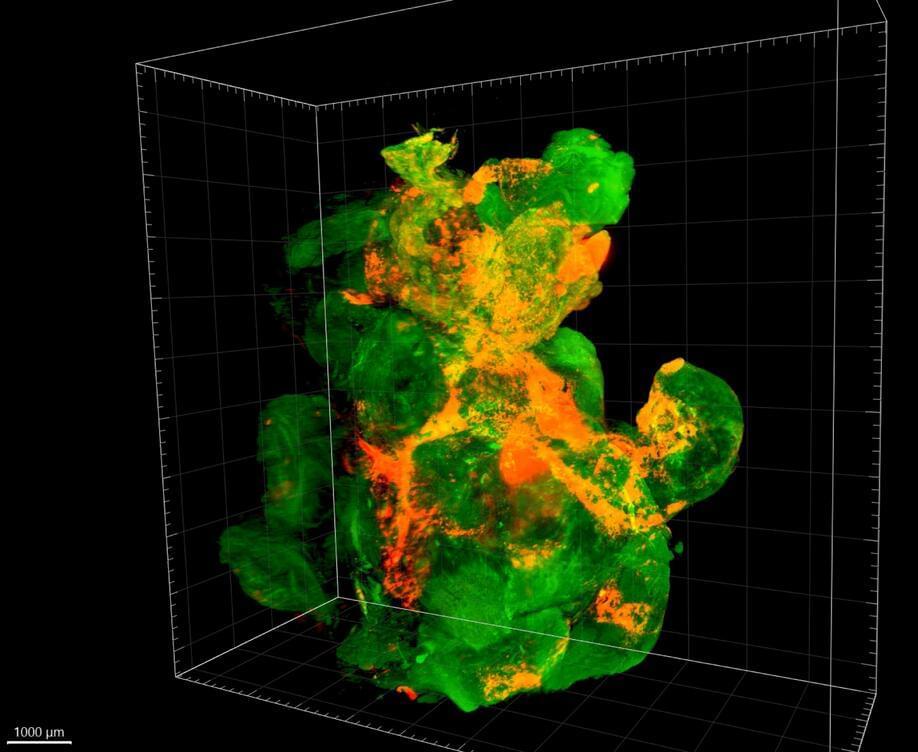Get ready to have your minds blown because Quantum AI is about to flip the script on the world! Imagine computers that don’t just crunch numbers but tap into the mind-bending power of quantum bits or qubits. Quantum AI isn’t just a fancy upgrade; it’s like giving our digital brains a cosmic turbo boost. From supercharging data processing to tackling complex problems like a quantum superhero, this game-changer is set to redefine what we thought computers could do. Get ready for a tech revolution – Quantum AI is the rockstar that’s about to drop a mind-blowing album on the world of computing! 🚀💻🌌
#brightside.
Animation is created by Bright Side.
Music from TheSoul Sound: https://thesoul-sound.com/
Check our Bright Side podcast on Spotify and leave a positive review! https://open.spotify.com/show/0hUkPxD34jRLrMrJux4VxV
